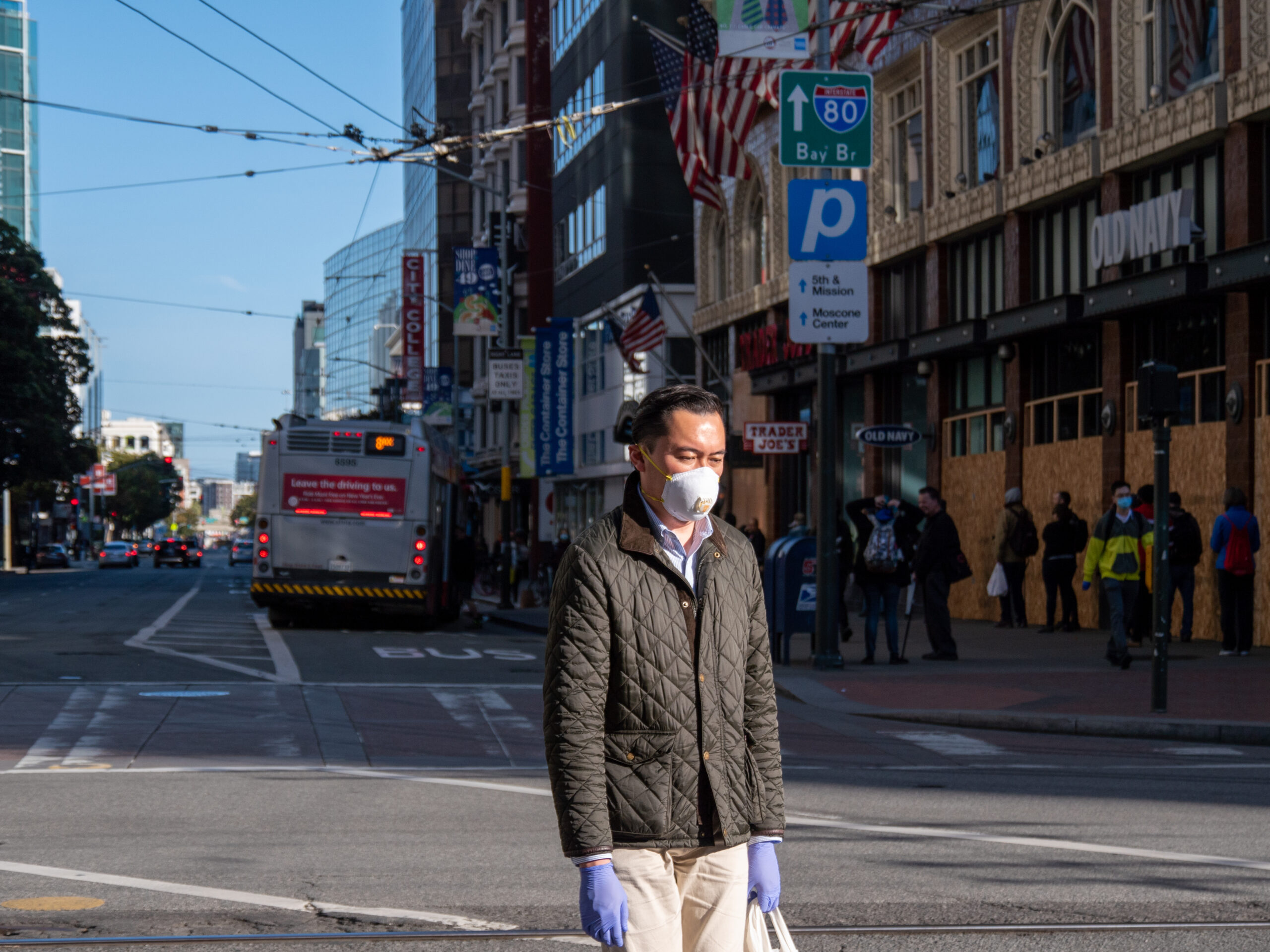
COVID-19 has revealed the ugly truth of deep structural inequities throughout society—from the workplace to the health care system.
As a public health nurse, these inequities motivate me. When any group becomes sick or dies at disproportionate rates, public health professionals have the responsibility of tackling the problem and addressing its root causes.
The disproportionate suffering and losses borne by Latinx, Black and Native American communities confirmed the worst fears public health experts, myself included, have expressed for over a decade. We told leaders that a robust public health system is needed to protect all Californians, but underserved and marginalized communities, primarily low-income communities of color, are by far the most vulnerable.
The pandemic tragically proved us right. A neglected public health system, paired with unequal access to health care, unleashed the worst of the pandemic into Black and Latinx communities. Altogether, our state experienced over 3.75 million cases and 62,400 deaths from COVID-19. But three in five cases and more than half of deaths occurred in communities that make up less than 45 percent of the population.
The virus tore through our families, took away our elders, and left a wide wake of trauma in the hardest hit communities. This shameful concentration of suffering and loss must inspire change. Returning to “normal” after COVID-19 cannot mean forgetting that the virus besieged Black and brown lives.
This is why I stand with other frontline workers in California Can’t Wait—a coalition that includes county public health officials, local governments and community advocates. We urge state leaders to invest in the promise of equity by rebuilding our local public health workforce and infrastructure. We can’t wait until the next crisis. We can’t allow such unequal suffering to ever happen again.
Public health experts recognize that Californians are not independent of one another and we must work to improve the wellbeing of communities. Like so many other essential public goods and services, public health has been chronically undervalued and underinvested in by the government.
Federal dollars, which represent the bulk of funding for local public health departments, are typically time-limited and disease and program specific. This prevents local agencies from investing in other programs such as emergency readiness for future disasters or prevention strategies that advance health equity. As California’s population grew, local public health systems never recovered from state budget cuts made in the last recession.
California Can’t Wait urges state leaders to provide $200 million annually to begin rebuilding our local public health infrastructure and workforce. It would rebuild basic functions and allow us to invest more in addressing deep inequities—such as the disparate, deadly health impacts of pollution and gaps in care and outcomes for new and expectant mothers—that have made so many vulnerable. Full funding of public health would help us tackle health equity issues, rebuild trust in disadvantaged communities and prepare for the next disaster.
As a second-generation public health nurse, I can assure you another crisis will inevitably come. It could be a wildfire, poor air quality, extreme heat, another disease outbreak, an earthquake or bioterrorism. No one knows, which makes investment in our readiness so important.
Only one thing is certain: The next emergency will reveal our progress, and our failures, in addressing social inequities as clearly as COVID-19 did. By investing in public health, California can chart a new course and demonstrate a commitment to save Black and brown lives equally when the next crisis comes.

Shamika Ossey is an emergency preparedness public health nurse in the County of Los Angeles and is a member of the Service Employees International Union (SEIU) Local 721. SEIU is part of the California Can’t Wait coalition.






You must be logged in to post a comment.